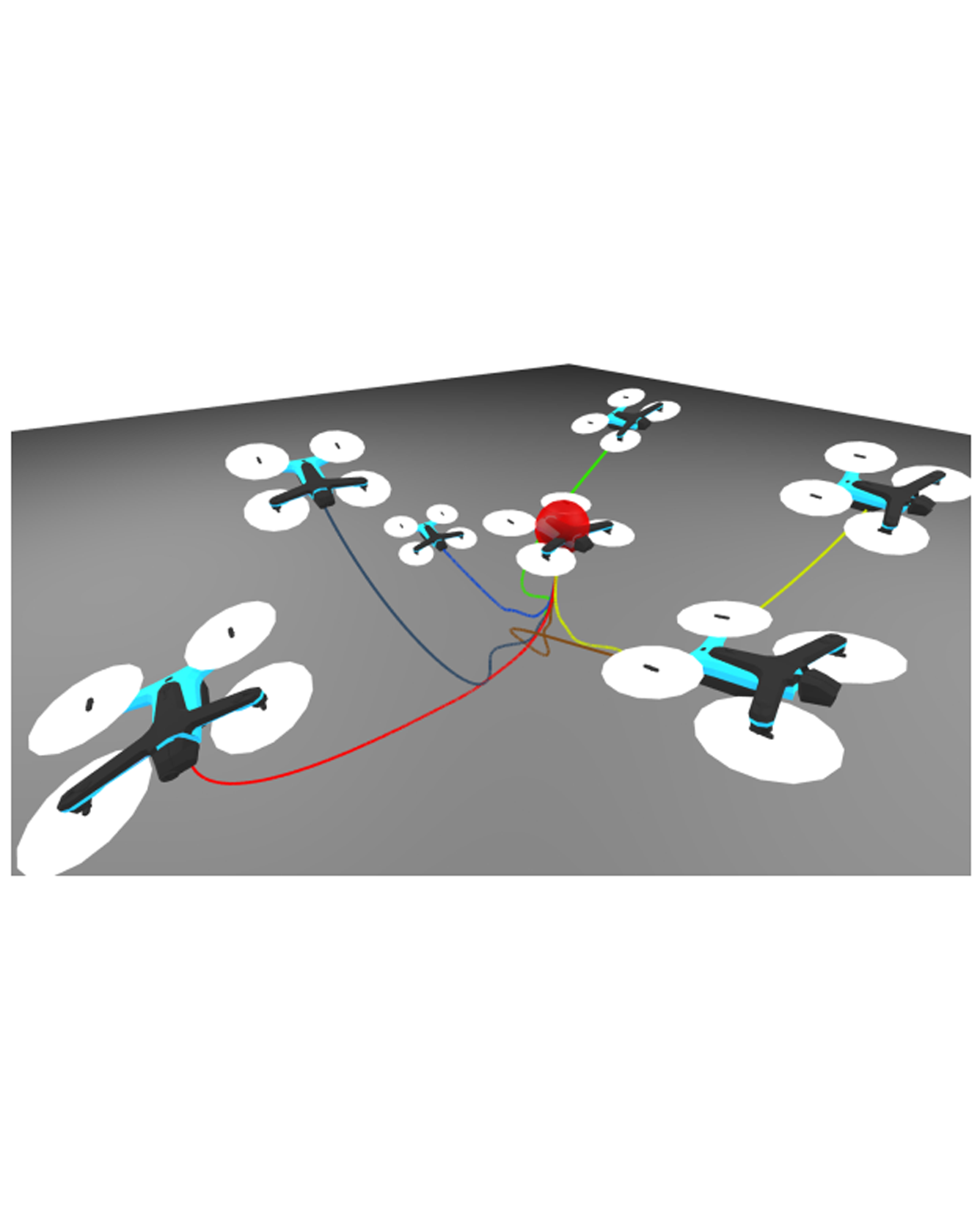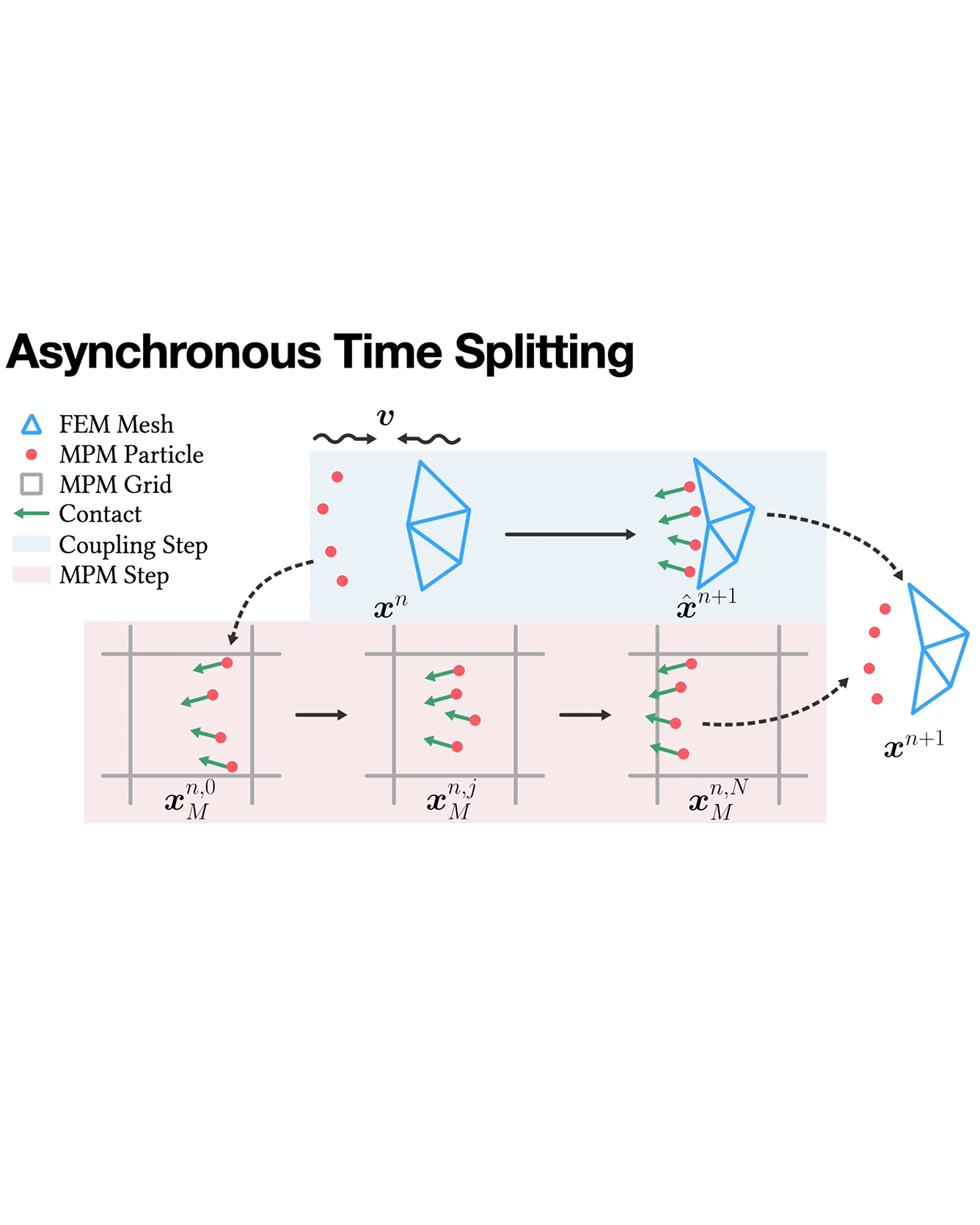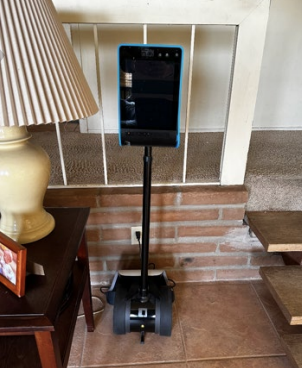
Social technology can improve the quality of social lives of older adults (OAs) and mitigate negative mental and physical health outcomes. When people engage with technology, they can do so to stimulate social interaction (stimulation hypothesis) or disengage from their real world (disengagement hypothesis), according to Nowland et al.‘s model of the relationship between social Internet use and loneliness. External events, such as large periods of social isolation like during the COVID-19 pandemic, can also affect whether people use technology in line with the stimulation or disengagement hypothesis. We examined how the COVID-19 pandemic affected the social challenges OAs faced and their expectations for robot technology to solve their challenges. We conducted two participatory design (PD) workshops with OAs during and after the COVID-19 pandemic. During the pandemic, OAs’ primary concern was distanced communication with family members, with a prevalent desire to assist them through technology. They also wanted to share experiences socially, as such OA’s attitude toward technology could be explained mostly by the stimulation hypothesis. However, after COVID-19 the pandemic, their focus shifted towards their own wellbeing. Social isolation and loneliness were already significant issues for OAs, and these were exacerbated by the COVID-19 pandemic. Therefore, such OAs’ attitudes toward technology after the pandemic could be explained mostly by the disengagement hypothesis. This clearly reflect the OA’s current situation that they have been getting further digitally excluded due to rapid technological development during the pandemic. Both during and after the pandemic, OAs found it important to have technologies that were easy to use, which would reduce their digital exclusion. After the pandemic, we found this especially in relation to newly developed technologies meant to help people keep at a distance. To effectively integrate these technologies and avoid excluding large parts of the population, society must address the social challenges faced by OAs. READ MORE


